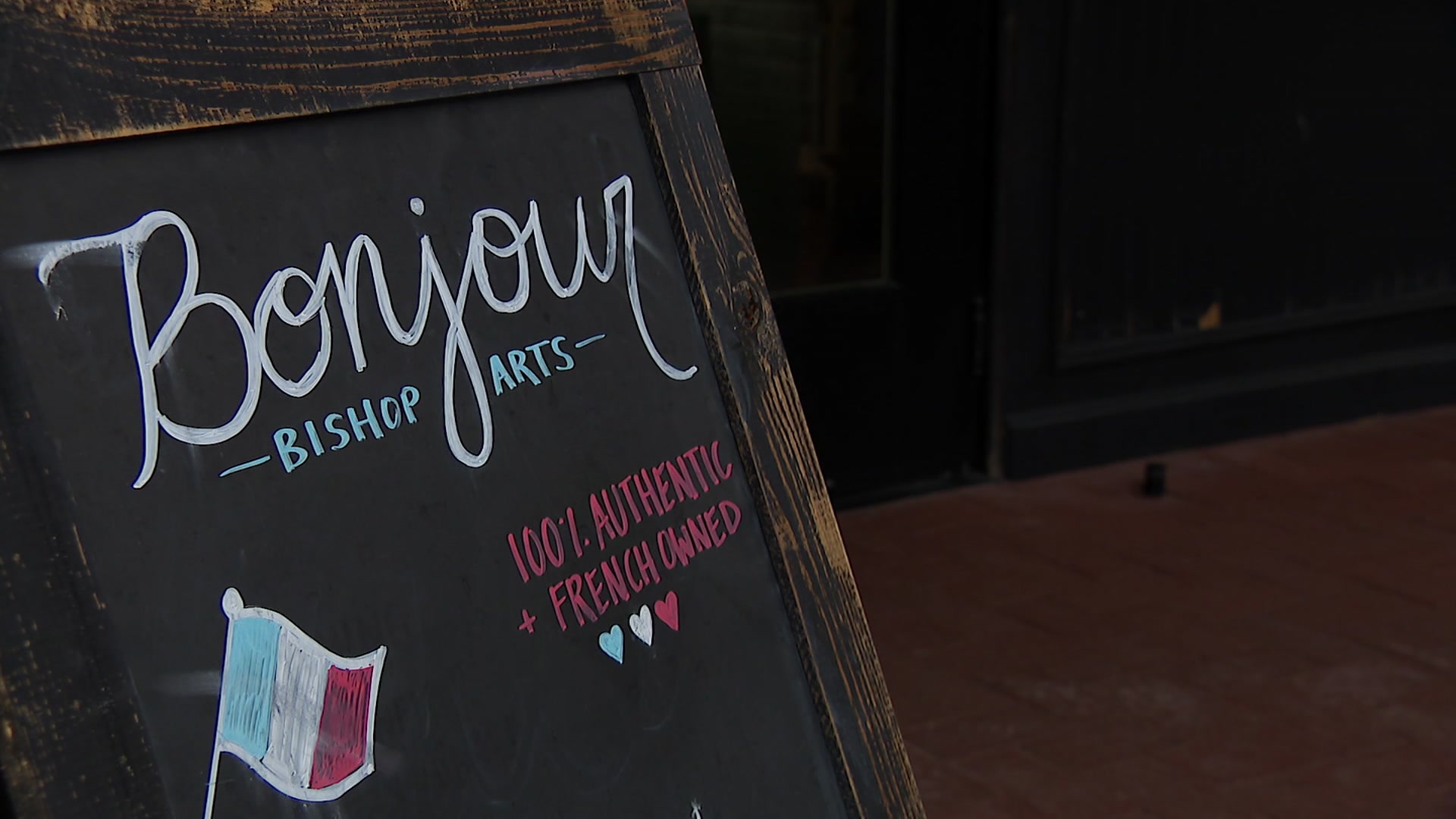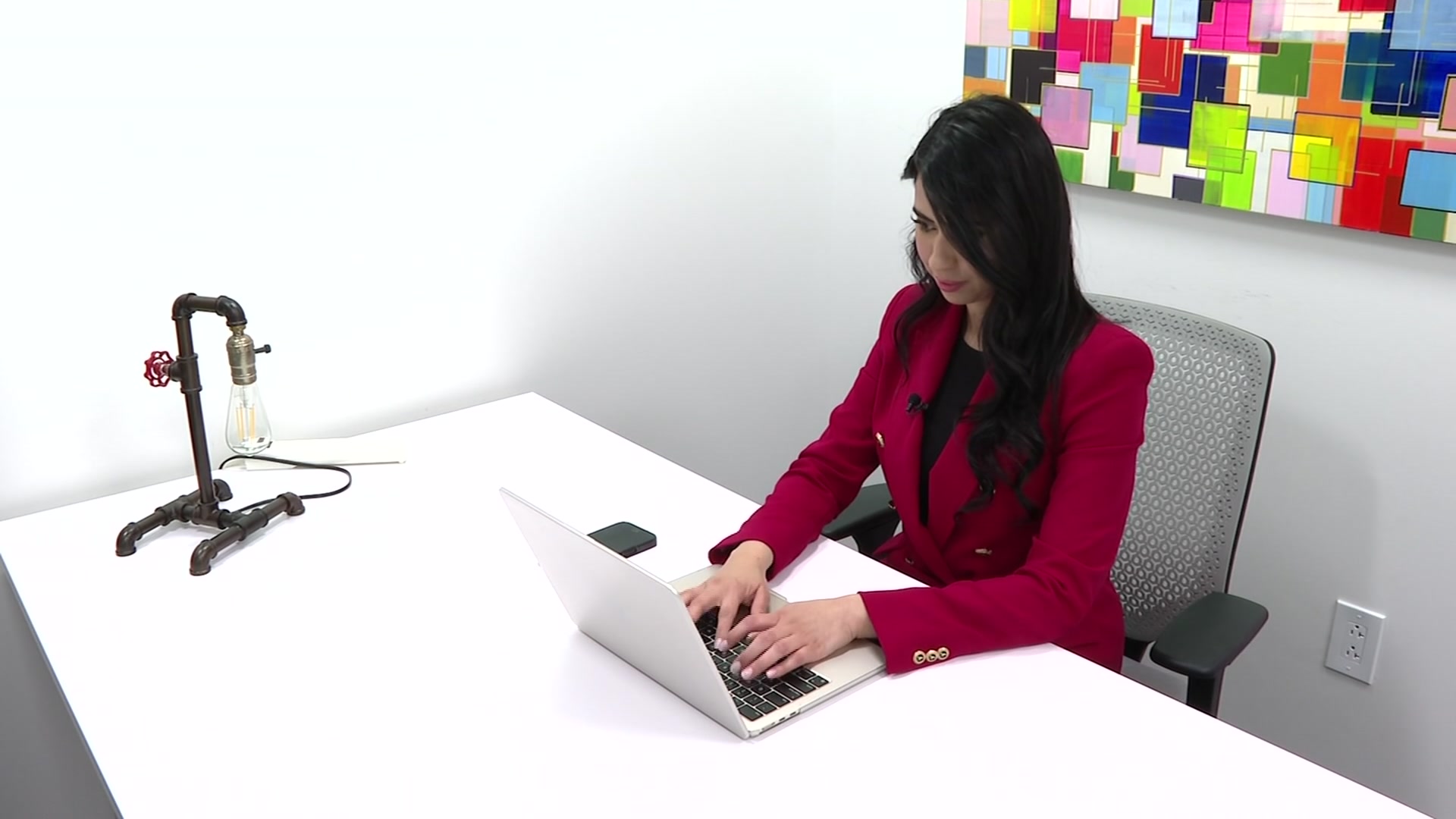A drone flew dangerously close to air traffic at Dallas Love Field, narrowly missing a medical helicopter, Now police are looking for the drone’s operator.
A drone came dangerously close to air traffic at Dallas Love Field on Sunday evening, forcing a medical helicopter to take evasive action to avoid a crash.
The crew on board the UT Health East Texas helicopter was taking off from a Dallas hospital to return to East Texas when the pilot spotted a drone right in front of the helicopter.
“It’s very scary for all of us,” said Chief Flight Nurse Michael Lawyer. “After they noticed the drone and realized how quickly they were coming up on it, he had to bank to the right to miss the drone.”
Lawyer says the drone operator put the lives at risk both in the air and on the ground.
“We’ve never had one that close where we’ve actually had to bank the aircraft to miss it,” said Lawyer.
No one on board the chopper was hurt, but ten minutes later another pilot on final approach to Dallas Love Field crossed paths with the small red drone.
Air traffic at the time showed air traffic controllers warning other pilots operating commercial flights in the area of the danger.
Local
The latest news from around North Texas.
Pilots reported the drone at 1,900 feet south of Love Field. The Federal Aviation Administration says no small unmanned aircraft can fly in Class B airspace near the airport without permission from the FAA, and they shouldn’t fly higher than 400 feet above ground.
Ron McCallum, a pilot with 24 years of experience, says the drone danger is a very real concern.
“The capability of a drone causing structural damage going through the windshield into the cockpit and disabling or injuring a pilot is a very real threat,” said McCallum.
In the case of a helicopter, McCallum says the crew was fortunate the pilot could avoid impact.
“Extremely lucky. If they were to take that drone or that machine through the primary rotor blades, the main rotor blades on top,” explained McCallum. “If it damages one of those blades or causes it to fail, the whole helicopter would have crashed.”
The FAA says Dallas Police were notified. The FAA said it can be difficult to track operators, but when police find them, the FAA opens an investigation.



